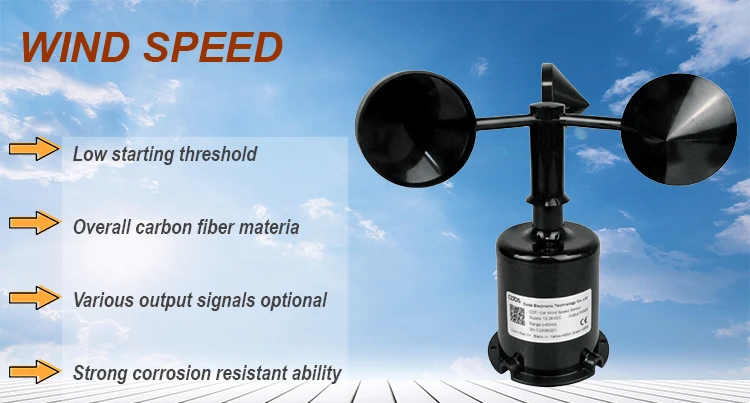
html
Wind Speed Measuring Instruments: Types and Applications
Measuring wind speed is crucial in various fields, from meteorology to aviation and renewable energy. Accurate wind speed data helps in weather forecasting, flight safety, and optimizing wind turbine performance. Several instruments are designed specifically for this purpose, each with unique features and applications.
Types of Wind Speed Measuring Instruments
1. Anemometers
Anemometers are the most common instruments used to measure wind speed. They come in several types:
- Cup Anemometers: These consist of three or four cups mounted on horizontal arms. As wind blows, the cups rotate, and the speed is calculated based on the rotation rate.
- Vane Anemometers: These combine a propeller and a tail to measure both wind speed and direction.
- Hot-Wire Anemometers: These use a heated wire, and the cooling effect of the wind is measured to determine speed. They are highly sensitive and used in laboratory settings.
2. Wind Vanes
While primarily used to measure wind direction, wind vanes can also provide indirect wind speed data when combined with other instruments. They are often paired with anemometers for comprehensive wind analysis.
3. Sonic Anemometers
Sonic anemometers use ultrasonic sound waves to measure wind speed and direction. They are highly accurate and are commonly used in meteorological research and wind energy applications.
4. Pitot Tubes
Pitot tubes measure wind speed by comparing static and dynamic air pressure. They are widely used in aviation to determine aircraft airspeed but can also be adapted for ground-based wind measurements.
Applications of Wind Speed Measuring Instruments
Meteorology
Accurate wind speed data is essential for weather forecasting and climate studies. Instruments like sonic anemometers and cup anemometers are commonly used in weather stations.
Aviation
Wind speed and direction are critical for flight safety. Airports use anemometers and wind vanes to provide real-time data to pilots and air traffic controllers.
Renewable Energy
Wind farms rely on anemometers to assess wind resources and optimize turbine placement. Accurate measurements ensure efficient energy production.
Construction and Engineering
Wind speed data is used to design buildings and structures that can withstand high winds. Anemometers are often installed on construction sites to monitor conditions.
Maritime and Navigation
Ships and boats use wind speed instruments to navigate safely and efficiently. Wind data helps in route planning and avoiding hazardous weather conditions.
In conclusion, wind speed measuring instruments play a vital role in numerous industries. Choosing the right instrument depends on the specific application and required accuracy. From simple cup anemometers to advanced sonic devices, these tools help us harness the power of wind safely and effectively.
Keyword: measure wind speed instrument
